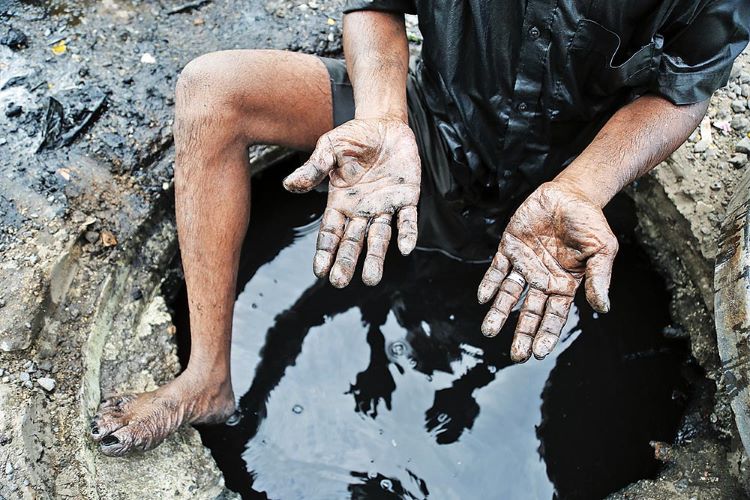Manual Scavenging – A Law Without Enforcement
Related Articles
‘Stole Money From My Company Account’: CA Dies by Suicide After Alleged Blackmail Over Private Video
A 32-year-old chartered accountant from Santacruz East died by suicide after reportedly being blackmailed for more than Rs 3 crore over a period of...
20 Bangladeshi nationals arrested in Malaysia over ISIS links: Alarms raised in Indian border states
The arrest of 20 out of 35 Bangladeshi nationals in Malaysia last month for alleged links to the Islamic State (ISIS) has raised serious...
छांगुर बाबा की 100 करोड़ की कोठी यूपी पुलिस ने मिट्टी में मिलाई
UP बलरामपुर में जलालुद्दीन उर्फ छांगुर (Chhangur Baba) का अड्डा ध्वस्त करने बुलडोजर लेकर पहुंची पुलिस-प्रशासन की टीम। जलालुद्दीन ने जमीनों पर अवैध कब्जा...

